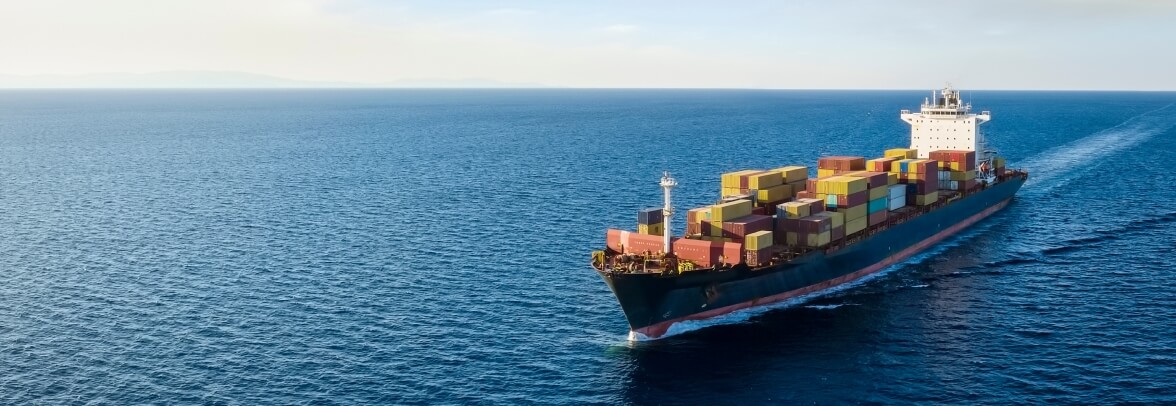Welding Materials in Shipbuilding: The Backbone of Marine Structure Integrity
2025-01-23
Shipbuilding is an intricate and demanding industry that requires precision, strength, and resilience to construct ships capable of withstanding the harsh and ever-changing marine environment. From the moment a ship's hull is designed to its final assembly, every stage of the process involves the use of various welding techniques to ensure the vessel's strength and durability. Central to this process are welding materials, which serve as the foundational components that ensure the stability and structural integrity of welded joints. In shipbuilding, welding materials are crucial for creating strong bonds, ensuring the ship's ability to endure the forces it encounters on the high seas. This article Longteng delves into the vital role that welding materials play in shipbuilding, highlighting their significance in the overall construction process.

The Importance of Welding Materials in Shipbuilding
Welding materials are essential for joining metal components during the construction of a ship. They are used to form welded joints that are structurally sound and capable of withstanding the stresses and forces that ships face, from harsh weather to the pressure of the ocean. These materials include consumables such as welding rods, filler materials, flux, and wires, each serving a unique role in the welding process. The correct selection of welding materials ensures the durability, strength, and resilience of the final product. In shipbuilding, the welding materials used must meet rigorous standards in terms of strength, corrosion resistance, and fatigue resistance. These properties are vital because ships are constantly exposed to the elements, including saltwater, which accelerates the corrosion process. The right welding materials prevent the degradation of the ship's structure and ensure the safety of its operations throughout its lifespan.
How Welding Materials Contribute to Shipbuilding Structural Integrity
Welding materials are integral to creating bonds that hold together the various parts of a ship. When metals are welded together, the welding material must have properties that ensure the joint is just as strong, if not stronger, than the base materials themselves. In the context of shipbuilding, this means that the welds must withstand not only the weight of the ship but also dynamic stresses such as waves, temperature fluctuations, and mechanical forces.
1. Strengthening the Hull and Framework
The hull of a ship is the primary structure that bears the brunt of the ocean's impact, including waves, pressure from the water, and physical stresses from cargo. The integrity of the hull is paramount to the overall safety of the ship, and this is where the use of welding materials is crucial. By using the right materials in the welding process, shipbuilders can ensure that the hull is built to endure these pressures without compromising on structural strength. The welding material used for the hull must create bonds that are capable of withstanding the tension and compression forces generated by waves and other environmental conditions. Additionally, the welds must be resistant to the corrosive effects of saltwater, which can degrade the materials over time if not properly treated.
2. Ensuring Durability of Deck and Superstructure
The deck and superstructure of a ship, which include the bridge, cabins, and exposed structures, are constantly exposed to the harsh elements of the sea. These parts of the ship must be resistant to corrosion, abrasion, and physical impact from waves and winds. Properly welded joints are vital for maintaining the structural integrity of these parts and ensuring that they remain secure over time. The deck must endure constant exposure to seawater, sun, and wind, which makes welding materials that provide resistance to these elements particularly important. The ability of welding materials to prevent the degradation of the deck and superstructure ensures that the ship's components remain functional and safe throughout its operational life.
3. Building Engine Rooms and Machinery Spaces
Engine rooms and machinery spaces house the heart of the ship's propulsion system. These areas are critical to the operation of the vessel, and any failure in this part of the ship can lead to catastrophic consequences. Welding materials used in these areas must be able to handle the extreme conditions of high temperatures, vibrations, and pressures. In addition to strength, the welding materials used in the construction of engine rooms must also be resistant to thermal cycling and corrosion from oil, fuel, and exhaust gases. Welds that are properly executed in these spaces prevent leaks and ensure that the machinery operates efficiently and reliably.
4. Securing Ballast and Cargo Holds
Ballast and cargo holds are integral to a ship's stability, allowing it to maintain balance in the water regardless of the load it is carrying. These compartments need to be sealed effectively to prevent leaks and maintain the ship's buoyancy. Welding materials are used extensively to ensure that the seams between different compartments are tightly sealed, preventing any potential water ingress that could compromise the ship's structural integrity. Welded joints must be durable enough to resist internal pressures, especially when the ship takes on water or encounters rough seas. Moreover, these materials must also be resistant to corrosion, as moisture from the ballast or cargo holds can accelerate the degradation of the ship's metal components.
Welding materials are the backbone of the shipbuilding process, playing a critical role in ensuring the structural integrity, strength, and durability of the ship. From the hull to the deck and machinery spaces, welding materials are used to create joints that must withstand the harsh conditions of the open sea. The selection of the right welding materials ensures that the ship can perform efficiently, safely, and reliably throughout its operational life. The role of welding materials in shipbuilding goes beyond simply joining metal parts; it is about ensuring that the welded joints are as strong as the materials themselves and capable of enduring the forces they will encounter. By understanding the importance of welding materials and their applications, shipbuilders can create vessels that are built to last and meet the demanding needs of modern maritime transportation.





















 Email
Email